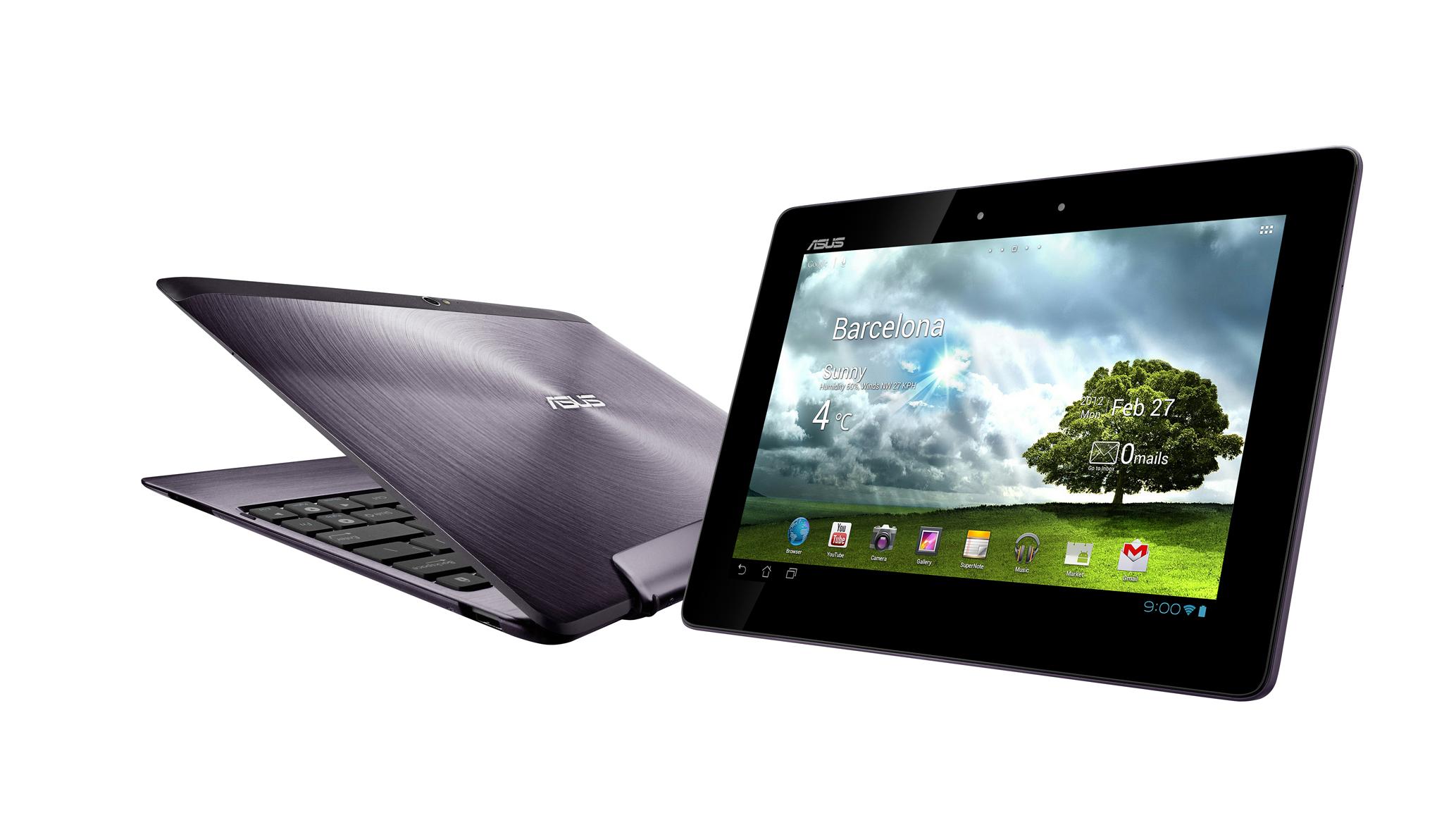Quantum Computing
First proposed in the 1970s, quantum computing relies on quantum physics by taking advantage of certain quantum physics properties of atoms or nuclei that allow them to work together as quantum bits, qubits to be the computer's processor and memory. By interacting with each other while being isolated from the external environment, qubits can perform certain calculations exponentially faster than conventional computers.
 Qubits do not rely on the traditional binary nature of computing. While traditional computers encode information into bits using binary numbers, either a 0 or 1, and can only do calculations on one set of numbers at once, quantum computers encode information as a series of quantum-mechanical states such as spin directions of electrons or polarization orientations of a photon that might represent a 1 or a 0, might represent a combination of the two or might represent a number expressing that the state of the qubit is somewhere between 1 and 0, or a superposition of many different numbers at once. A quantum computer can do an arbitrary reversible classical computation on all the numbers simultaneously, which a binary system cannot do, and also has some ability to produce interference between various different numbers. By doing a computation on many different numbers at once, then interfering the results to get a single answer, a quantum computer has the potential to be much more powerful than a classical computer of the same size. In using only a single processing unit, a quantum computer can naturally perform myriad operations in parallel.
Qubits do not rely on the traditional binary nature of computing. While traditional computers encode information into bits using binary numbers, either a 0 or 1, and can only do calculations on one set of numbers at once, quantum computers encode information as a series of quantum-mechanical states such as spin directions of electrons or polarization orientations of a photon that might represent a 1 or a 0, might represent a combination of the two or might represent a number expressing that the state of the qubit is somewhere between 1 and 0, or a superposition of many different numbers at once. A quantum computer can do an arbitrary reversible classical computation on all the numbers simultaneously, which a binary system cannot do, and also has some ability to produce interference between various different numbers. By doing a computation on many different numbers at once, then interfering the results to get a single answer, a quantum computer has the potential to be much more powerful than a classical computer of the same size. In using only a single processing unit, a quantum computer can naturally perform myriad operations in parallel.


